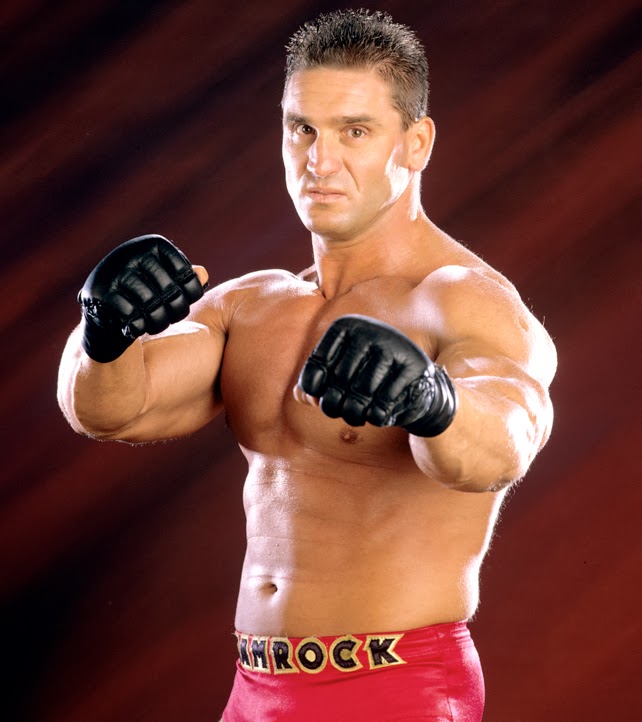In the world of Major League Baseball (MLB), few pitches are as revered and feared as the cutter. This pitch, characterized by its late break and ability to induce weak contact, has been a significant factor in the success of relief pitchers. Among them, Kenley Jansen has emerged as a master of this art, turning the cutter into his signature weapon. In this article, we will delve into the mechanics of Jansen’s cutter, its impact on his career, and how it has shaped the landscape of modern pitching.
The Evolution of the Cutter

The cutter, short for “cut fastball,” is a pitch that blends the characteristics of a fastball and a slider. It typically breaks slightly towards the pitcher’s glove side as it approaches the batter. The cutter gained prominence in the late 20th century, largely popularized by pitchers like Mariano Rivera, who turned it into a legendary weapon. Kenley Jansen, a former catcher turned pitcher, has taken this pitch to new heights.
Kenley Jansen’s Journey to Mastery

Kenley Jansen was born on September 30, 1987, in Curacao. His journey to MLB stardom began when he was signed by the Los Angeles Dodgers as an amateur free agent in 2004. Initially, Jansen played as a catcher but transitioned to pitching after the Dodgers recognized his arm strength and potential on the mound.
It wasn’t until 2011 that Jansen started developing his cutter into a dominant pitch. By honing his mechanics and understanding how to manipulate the ball’s movement, he transformed himself from a promising prospect into one of the league’s elite closers.
Mechanics of Jansen’s Cutter
To understand how Jansen has mastered the cutter, it’s essential to analyze the mechanics behind it. Here are some key aspects of his pitching delivery:
- Grip: Jansen holds the ball with a slightly altered grip, placing his index finger along the seam and his middle finger on the side of the ball, allowing for maximum spin and movement.
- Arm Angle: His arm angle is crucial; Jansen utilizes a high three-quarters arm slot, which adds deception and helps create the late break that is characteristic of an effective cutter.
- Release Point: A consistent release point helps Jansen maintain control and accuracy, allowing him to command the pitch effectively.
- Follow Through: After release, Jansen’s follow-through is smooth and controlled, which minimizes injury risk and maximizes velocity.
Impact on Jansen’s Career
Kenley Jansen’s cutter has been instrumental in shaping his career. The pitch has allowed him to amass impressive statistics and accolades throughout his time in the league. Here are some highlights:
- As of the end of the 2021 season, Jansen has recorded over 350 career saves, placing him among the top closers in MLB history.
- He has consistently ranked among the league leaders in strikeouts per nine innings (K/9) and earned run average (ERA), showcasing the effectiveness of his cutter.
- Jansen was selected to the All-Star Game three times (2016, 2017, and 2018) and has received multiple prestigious awards, including the Trevor Hoffman Award as the National League’s top reliever.
Statistical Analysis of the Cutter
To appreciate the true impact of Jansen’s cutter, we must examine its performance metrics. According to Baseball Savant and Fangraphs, Jansen’s cutter has consistently produced remarkable results:
- Whiff Rate: Jansen’s cutter regularly boasts a whiff rate of over 30%, indicating that batters struggle to make contact with the pitch.
- Batting Average Against: His opponents have hit just .195 against the cutter, showcasing its effectiveness in inducing weak contact and swings-and-misses.
- Exit Velocity: The average exit velocity against Jansen’s cutter is around 85 mph, significantly lower than the league average, further illustrating its success in keeping the ball off the barrel of the bat.
Case Studies: Key Moments in Jansen’s Career

Throughout his career, there have been several key moments that highlight the effectiveness of Jansen’s cutter:
- 2016 NLCS Game 5: In a high-pressure situation, Jansen entered the game against the Chicago Cubs and retired the side with his cutter, preserving a crucial Dodgers lead.
- 2017 All-Star Game: Jansen showcased his cutter against some of the best hitters in the league, striking out three batters in a row, highlighting his dominance on the national stage.
- 2018 World Series: Jansen’s cutter was instrumental in the Dodgers’ playoff run, as he recorded saves and kept opponents off balance, even in high-leverage situations.
The Cutter in Modern Baseball

Jansen’s success with the cutter has influenced a generation of pitchers in MLB. Many aspiring pitchers have sought to emulate his technique and approach to mastering the pitch. This trend has led to an increased focus on pitch design and analytics in baseball, with teams investing in technology to help pitchers refine their grip, mechanics, and strategy.
Moreover, the cutter’s effectiveness has led to its resurgence in modern pitching arsenals. As teams seek to maximize the potential of their pitchers, the cutter has become a staple pitch in many rotations and bullpens.
Kenley Jansen’s mastery of the cutter is a testament to his dedication, skill, and understanding of the art of pitching. His journey from a catcher to one of the most successful closers in MLB history showcases the transformative power of honing one’s craft. Through meticulous mechanics, a deep understanding of pitch dynamics, and an impressive track record, Jansen has turned the cutter into a hallmark of his career.
As baseball continues to evolve, Jansen’s impact on the game will be remembered not just for his statistics, but also for how he has inspired future generations of pitchers to master the cutter. Whether he is closing out games in the postseason or showcasing his skills in the All-Star Game, Jansen remains a formidable force on the mound, and his cutter will undoubtedly be remembered as one of the defining pitches of his era.


